Ancient farming terraces discovered after tragic Carmel fire
November 29, 2015The Carmel forest fire, which took place five years ago this week, denuded thousands of dunams of land, besides taking 44 lives. But within the tragedy, there was one consolation – the discovery of an ancient farming community that dates back to the Second Temple era.
One of the worst civilian disasters in Israeli history, the fire destroyed over 40,000 dunams (9,900 acres) of forested land. Investigator say the fire was accidentally stated by a 14 year old and that it occurred after a hot summer and unusually dry autumn, which made the trees and plants in the forest particularly vulnerable to fire. The dry conditions encouraged the rapid spread of the fire, with hundreds of firefighters using equipment from Israel and abroad to stop the spread.
Workers from the Jewish National Fund have since then worked on restoring the forest, with the initial work requiring clearing the land of debris to make way for new plantings. As they have been clearing parts of the forest, workers have discovered numerous treasures that were hidden among the trees – statues, coins, elaborate clay vessels, and other items.
Among the most impressive things found was a set of well-preserved agricultural terraces, which archaeologists estimate dates back some 2,000 years. The terraces had actually been photographed in the past in an aerial photo taken in 1944, but had been forgotten as the forest grew around them.
The terraces will now be refurbished and turned into an educational site, said Micheal Weinberger, director of the JNF”s western Galilee division. “This is a golden opportunity to restore the terraces, using among other tools the 1944 photos.”
At a seminar on the occasion of the fire’s fifth anniversary, JNF officials discussed some of the growing strategies they were using to prevent another fire – among them planting hardier trees than the pine that had easily burned in the dry conditions. The JNF is planting fruit trees and other hardier plants, and is using livestock – mostly sheep – to eat up excess growth, so there will be less to burn and more space between growth if another fire does break out.
Describing the strategy, the JNF’s Chief Scientist, Dr. Omri Boneh, said that while the JNF was doing what it could, there were no guarantees – and that under extreme weather conditions, another fire could break out.
Similar posts
-
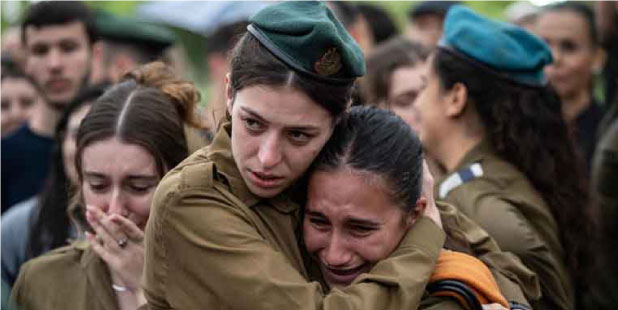
Israel Has The Most Moral Military In The World
April 10, 2024In the heart of a region often riddled with conflict, Israel stands out not only for its technologi...
-
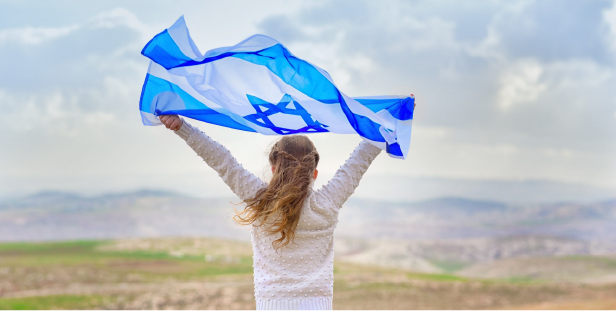
The Resilience of the Israeli People
April 2, 2024Visitors from around the world have seen Hamas's October 7th Massacre's destruction in southern Isr...
-
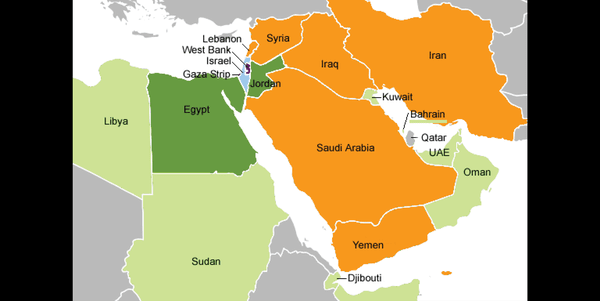
Israel: Small Size, Big Impact
March 21, 2024Nestled along the eastern edge of the Mediterranean Sea, Israel is a land of immense historical sig...
-
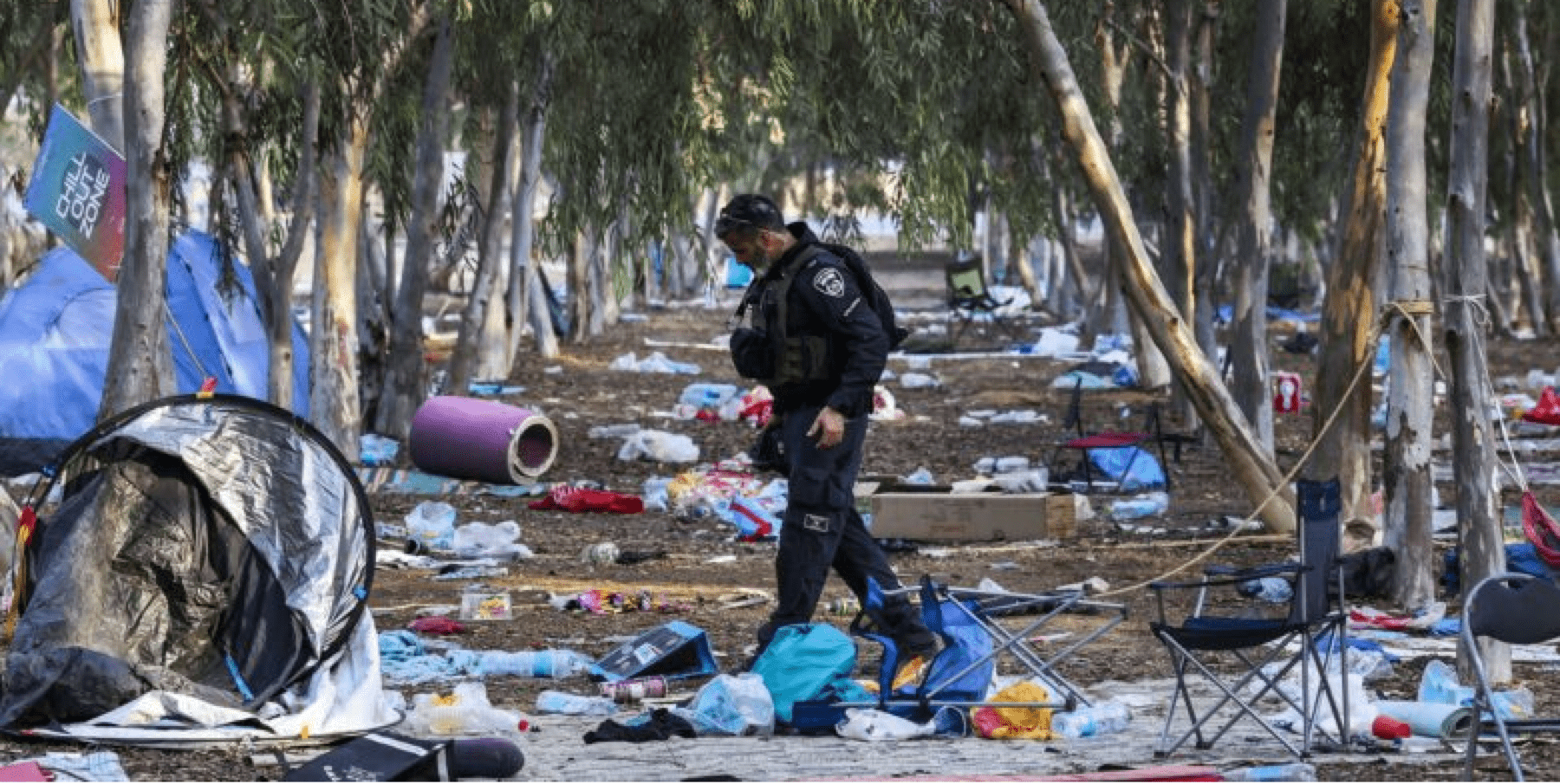
Israelis Are Fighting For Their Lives
February 21, 2024By Jonathan S. Tobin The world looks a lot different from Kibbutz Kfar Aza than it does in the U...
-
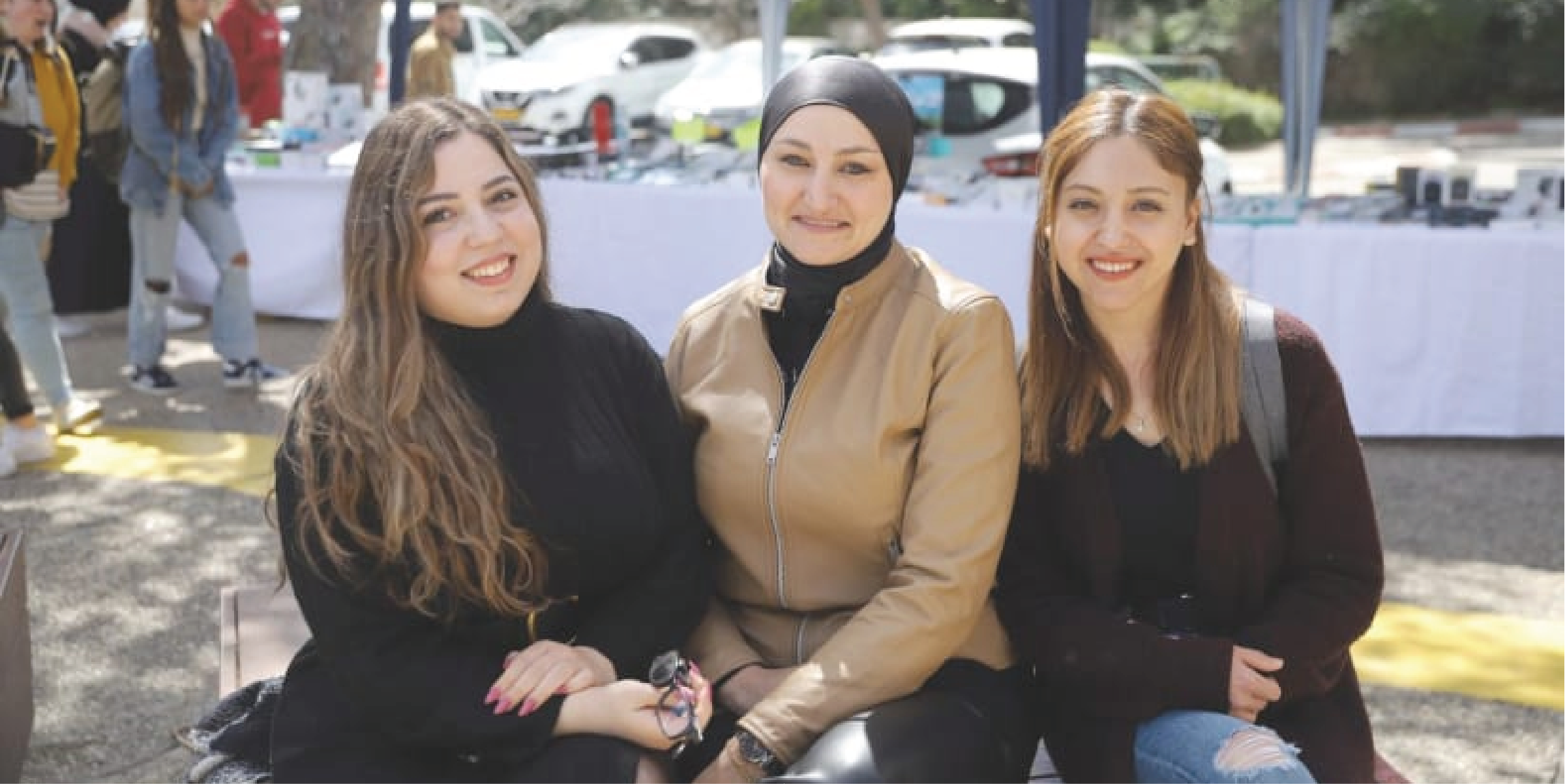
Over 2 Million Arabs Live In Israel
January 23, 2024In the complex landscape of the Middle East, where diverse cultures and identities intersect, Israe...
-
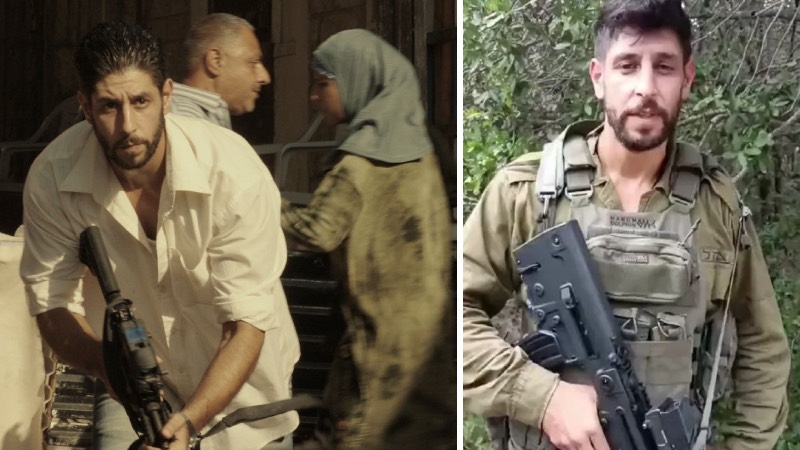
'Fauda' Star Idan Amedi Injured Fighting in Gaza
January 8, 2024Despite the severity of his injuries, Amedi's father assured Israeli news channels that his life is...
-

Israel Is A Great Country To Live In
December 28, 2023Nestled at the crossroads of the Middle East, Israel stands as a vibrant and dynamic nation, offeri...
-

Women's Empowerment in Israel
December 15, 2023In recent decades, Israel has witnessed a remarkable evolution in the status and empowerment of wom...




















